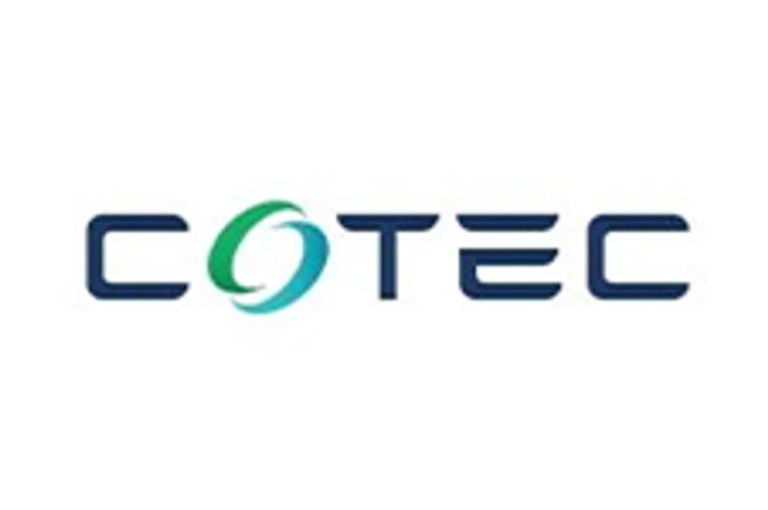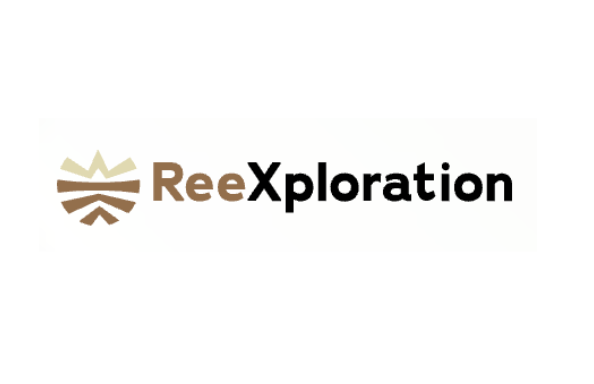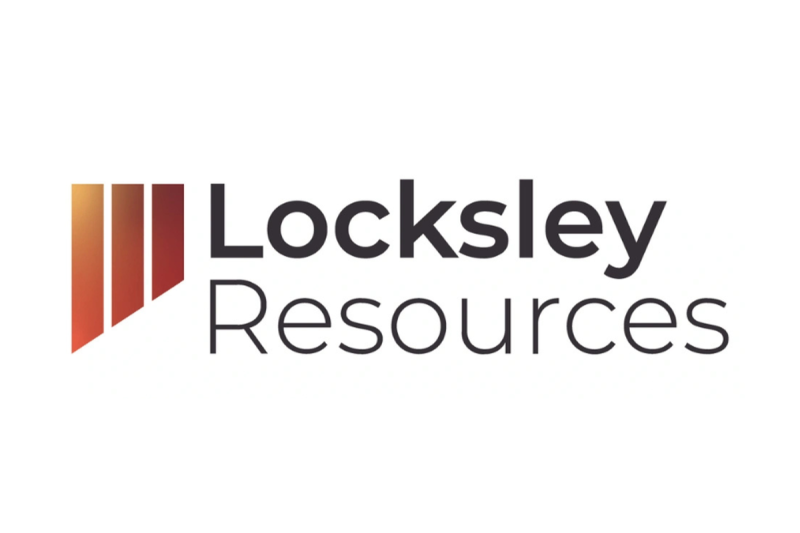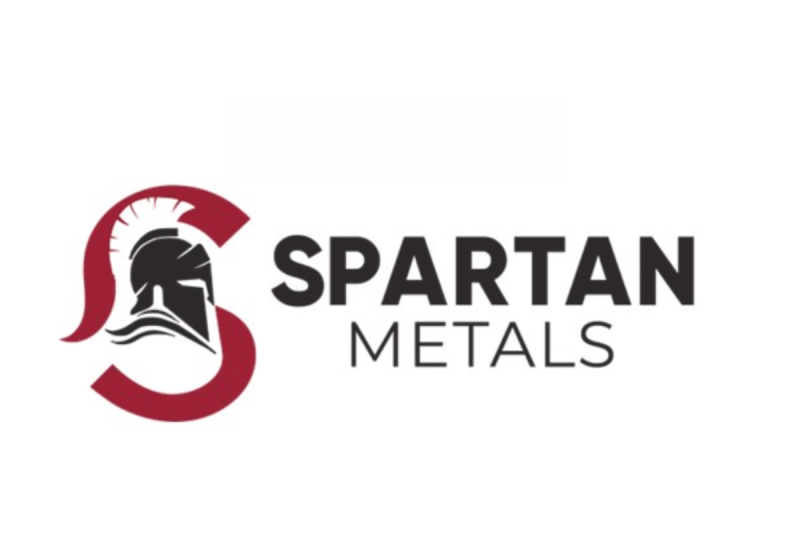

Romios Gold Resources Inc. (TSXV: RG,OTC:RMIOF) (OTCID: RMIOF) (FSE: D4R) (‘Romios Gold’ or the ‘Company’). In advance of the Company’s Annual General and Special Meeting (‘AGSM’) scheduled for January 16, 2026, Romios’s new CEO Kevin Keough is pleased to recap for the benefit of shareholders recent accomplishments and provide context to key items to be voted upon at the AGSM – particularly the rebrand and proposed share consolidation – which are fundamentally important to the prospects for increasing the value of their individual shareholdings in 2026.
‘I became involved with Romios earlier this year, and took on, along with your capable president, Stephen Burega, the task of restructuring and rebranding the Company, and the considerable work and risk involved, solely because I see in the results of the exploration work conducted on the Company’s Trek South porphyry copper-gold prospect a highly compelling discovery prospect. I’m really excited by it, and very pleased to be heading up the team that intends to be, with your support, the first to drill it.
It’s clear that for the past many years the Company’s share price has remained at a low level due to the lack of a major discovery. I consider it my primary responsibility as CEO, and that of our team, to change that dynamic and provide in the year ahead at least one discovery of merit. Trek South is where we plan to start.
Over the past six months, significant steps have been completed to reinvigorate and position the Company with the above goal in mind. Recent accomplishments include: settling a significant amount of debt; reinvigorating the board with independent directors trained and experienced in corporate governance, geosciences and finance; reconstituting key committees of the board; closing two property deals that have injected significant cash into the Company; and completing an over-subscribed private placement financing with new money from myself and European and Canadian investors that has provided the working capital needed to ensure the Company continues as a going concern, while working through the restructuring process.
All of these accomplishments have been for the purpose of refocusing the Company’s efforts and resources on the Trek South prospect which we believe, based on the evidence highlighted below, shows promise of delivering a major discovery in the near term. I could not have done any of this alone, so thank you Stephen, and thanks also to our highly experienced VP Exploration, John Biczok, for the outstanding field work this summer, in which both Stephen and I had the pleasure of participating.
Remaining on our agenda are the key tasks scheduled to be voted upon at the AGSM on January 16. Firstly, approval of a name change to Oreterra Metals Corp. which goes hand-in-hand with the corporate make-over and is necessary to help re-establish the Company’s market appeal and renew the brand. The other major item on our agenda is the all-important share consolidation, which is a needed precursor to raising the financing required to carry out the initial phases of drilling at the Trek South prospect in the forthcoming 2026 field season.
These initial drilling phases and associated budgets will be detailed in an independent National Instrument 43-101 technical report on the Trek property for release later this month or very early in January. Using these metrics, the Company intends to price a post consolidated financing in the first week of January and to announce that financing, and the final consolidation ratio based upon that financing, ahead of the AGSM. The share consolidation, coupled with the outstanding discovery prospects at Trek South, will ensure a successful raise. All of these matters will be conditional upon shareholder approval, and the approval also of the TSX Venture Exchange.
The anticipated rollback will not change the value of our individual shareholder positions in the Company, nor your/our proportional ownership thereof, but rather provide the basis, along with the subsequent injection of new capital and the application of that capital to the maiden drill program at Trek South, for increasing – and potentially greatly increasing – the value of all of our shareholdings in the Company.
Your newly reinvigorated board is fully supportive of the plan and goals your team has set for the Company. With your support in favour of the resolutions advanced for voting at our AGSM on January 16th, the year ahead may well turn out to be the most significant in the Company’s history.
I would be happy to discuss any of these matters directly with you, at my direct line below. In the meantime, I wish to leave you with the following bullets which summarize the case as to why Trek South ranks so highly as an exploration prospect.’
Kevin Keough
Chief Executive Officer
Romios Gold Resources Inc.
Why the Trek South prospect is exceptional:
-
Several hundred thousand square metres of mostly bare bedrock provide excellent visibility to the rocks underfoot. Exposure such as this is rare with greenfield BC porphyry prospects, and provides ‘touch and feel’ confidence that what our geoscience techniques suggests is there, really is;
-
Exposed underfoot throughout this vast area of bare bedrock is very strong alteration (i.e. changes in the rock mineralogy) typical of porphyry copper systems: i.e. an exceptionally intense network of green epidote – red garnet veining and endoskarn indicative of proximity to a source intrusion or system ‘engine’, overprinted by a stockwork of quartz-pyrite veining, and locally cross-cut by mineralized metre-scale porphyry dykes, possibly representing offshoots from the source intrusion itself;
-
Also easily visible to the eye across this large area of exposed bedrock are copper minerals such as chalcopyrite, chalcocite, local bornite, and copper weathering products including malachite and azurite;
-
Geochemical sampling and laboratory assaying of the host volcanic and sedimentary bedrock, and the overprinting quartz-pyrite veins, returns significant values of copper, gold and silver, in addition to local tungsten and molybdenum;
-
Underlying the broad area of alteration and the metal values is a very large (at least 850 metres long, 500 metres wide and extending to a depth of >650 metres), very strong induced polarization (IP) chargeability anomaly of 40 mV/v, indicating the presence of a large volume of sulphides in the bedrock below. In systems such as these, the sulphides typically are associated with the metals.
-
Coincident with the IP chargeability anomaly is a highly favourable, strong IP resistivity low;
-
Underlying the broad area of alteration and metal values and coincident with the IP anomalies is a very large (~850 X 850 metres), strong positive magnetic anomaly. In porphyry deposits a magnetic high anomaly is commonly associated with the potassically-altered, higher-grade core of the source intrusion;
-
Underlying the broad area of alteration and metal values, and coincident with both the IP and magnetic anomalies is a deep-running magneto-telluric (MT) anomaly, pointing to a large intrusive body running to a depth of at least 2 kms;
-
The topography across much of the area where the initial drilling is planned to occur, is flat to gently undulating, and completely devoid of vegetation, presenting easy drill set-ups, and minimizing environmental impacts. This, again, is to be envied in the context of B.C. mineral exploration where slopes are commonly steep, and/or heavily tree-covered;
-
The Trek South site is within several kilometres of the partially completed road (including a bridge, mothballed work camp and heavy equipment storage site) to the Galore Creek porphyry deposits which are currently close to completion of pre-feasibility studies by their owners, Teck and Newmont. Trek South is just 11 kms from the proposed Galore Creek millsite along that same road; just 1.5 km south and upslope from the cleared road right-of-way across the Trek property to Galore Creek, and within 3 to 7 kilometres of the proposed new access tunnel to Galore Creek, depending on the route chosen.
Qualified Person
The technical information in this news release has been reviewed and approved by John Biczok, P.Geo., Vice President, Exploration for Romios Gold and a Qualified Person as defined by National Instrument 43-101.
About Romios Gold Resources Inc.
Romios Gold Resources Inc. is a TSXV-listed mineral exploration company focused primarily on copper and gold. The Company has crafted an ambitious business plan to advance Romios, primarily by refocusing its efforts on achieving discoveries through the drill bit. The Company holds several wholly-owned porphyry copper-gold prospects in British Columbia’s Golden Triangle, the most significant of which is the Trek South prospect, upon which a range of geosciences applied to it in the period since 2022 including mapping, sampling, magnetic, IP and MT geophysical surveys, have delivered high-order, complementary results that all vector to the same conclusion: that the target area offers high discovery potential. A drill permit is in place and an updated NI 43-101 with plan and budget is under preparation. Trek South is located adjacent to Teck-Newmont’s Galore Creek deposits, presently undergoing pre-feasibility studies, and is bisected by the road right-of-way thereto. First-ever drilling of Trek South is planned for the 2026 field season.
Additional wholly-owned interests include two former producers in Nevada: the Kinkaid claims in the Walker Lane trend covering numerous shallow Au-Ag-Cu workings over what is believed to be one or more porphyry centres (source: J.Biczok, P.Geo, June 2025, Kinkaid Gold-Copper-Silver Project, www.romios.com), and the Scossa mine property in the Sleeper trend which is a former high-grade gold producer (source: J.Biczok, P.Geo, July 2025, Scossa Historic Gold Mine Property, www.romios.com). The Company also holds a 100% interest in the large-scale Lundmark-Akow Lake Au-Cu property adjacent to the northwest of the Musselwhite Mine, where drilling by the Company has produced highly encouraging, broad VMS-style Au-Cu intersections. Romios also retains an ongoing interest in several properties including a 2% NSR on McEwen Mining’s Hislop gold property in Ontario and a 2% NSR on Enduro Metals’ Newmont Lake Au-Cu-Ag property in BC.
For further information visit www.romios.com or contact:
| Kevin M. Keough Chief Executive Officer Tel: 613 622-1916 Email: kkeough@romios.com |
Stephen Burega President Tel: 647 515-3734 Email: sburega@romios.com |
Neither the TSX Venture Exchange nor its Regulation Services Provider (as that term is defined in the policies of the TSX Venture Exchange) accepts responsibility for the adequacy or accuracy of this release.
Cautionary Statement Regarding Forward-Looking Information
This news release includes certain ‘forward-looking statements’ which are not comprised of historical facts. Forward-looking statements include estimates and statements that describe the Company’s future plans, objectives or goals, including words to the effect that the Company or management expects a stated condition or result to occur. Forward-looking statements may be identified by such terms as ‘believes’, ‘anticipates’, ‘expects’, ‘estimates’, ‘may’, ‘could’, ‘would’, ‘will’, or ‘plan’. Since forward-looking statements are based on assumptions and address future events and conditions, by their very nature they involve inherent risks and uncertainties. Although these statements are based on information currently available to the Company, the Company provides no assurance that actual results will meet management’s expectations. Risks, uncertainties and other factors involved with forward-looking information could cause actual events, results, performance, prospects and opportunities to differ materially from those expressed or implied by such forward-looking information. Factors that could cause actual results to differ materially from such forward-looking information include, but are not limited to failure to identify mineral resources, delays in obtaining or failures to obtain required governmental, environmental or other project approvals, political risks, inability to fulfill the duty to accommodate First Nations, uncertainties relating to the availability and costs of financing needed in the future, changes in equity markets, inflation, changes in exchange rates, fluctuations in commodity prices, delays in the development of projects, capital and operating costs varying significantly from estimates and the other risks involved in the mineral exploration and development industry, and those risks set out in the Company’s public documents filed on SEDAR. Although the Company believes that the assumptions and factors used in preparing the forward-looking information in this news release are reasonable, undue reliance should not be placed on such information, which only applies as of the date of this news release, and no assurance can be given that such events will occur in the disclosed time frames or at all. The Company disclaims any intention or obligation to update or revise any forward-looking information, whether as a result of new information, future events or otherwise, other than as required by law.

To view the source version of this press release, please visit https://www.newsfilecorp.com/release/277997

News Provided by Newsfile via QuoteMedia



































